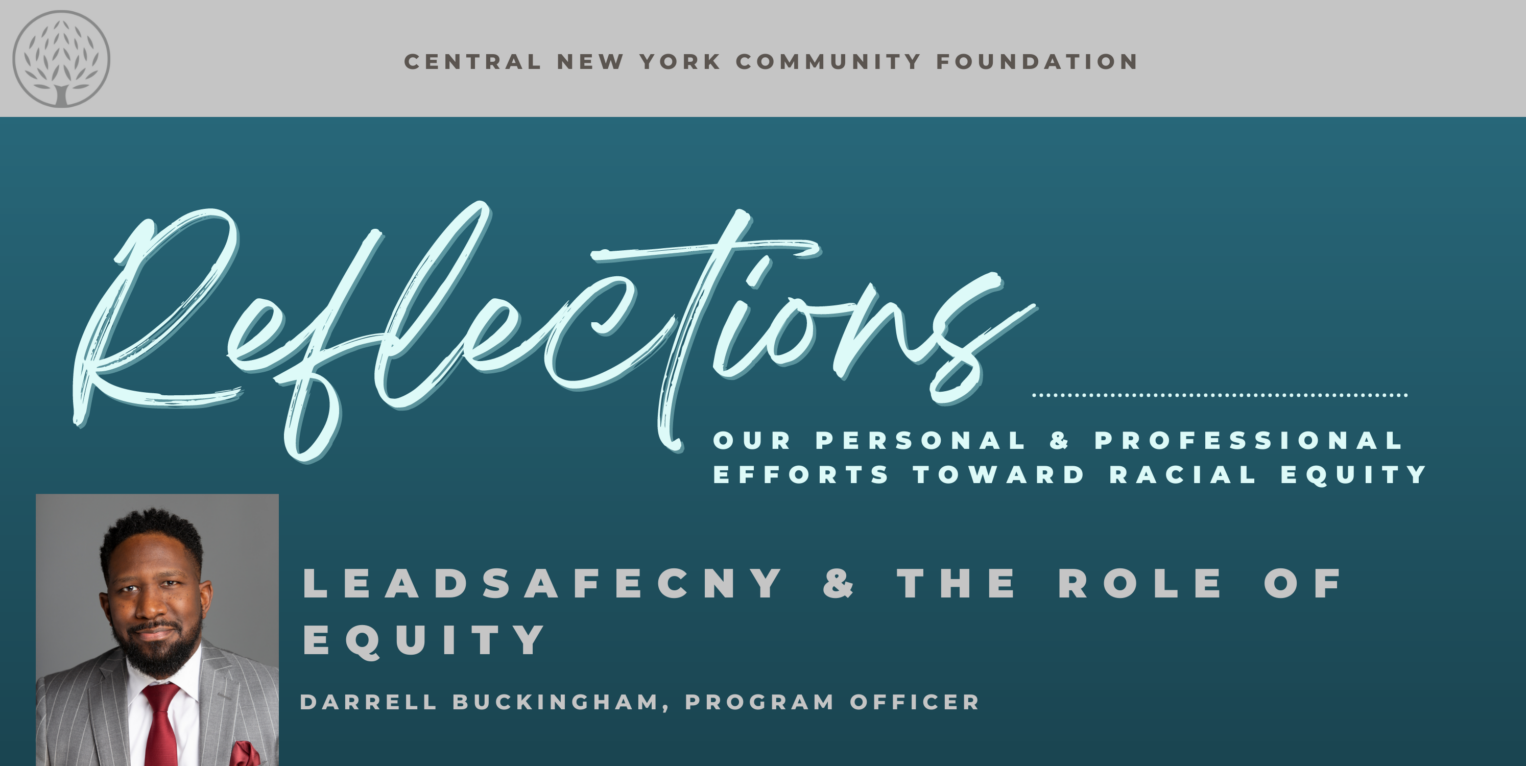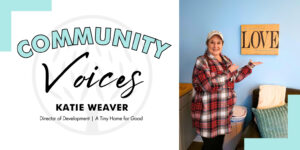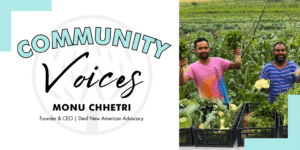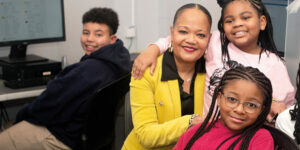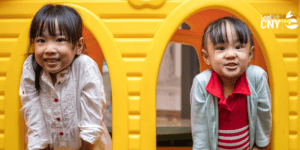Reflections: Our Personal & Professional Efforts Toward Racial Equity is a monthly blog. Each month, a member of our staff will reflect on what they are doing either personally or professionally to improve diversity, equity and inclusion in our work. View more
We all desire and deserve the same quality of healthy living conditions for our families. Yet, growing up on the city’s Southside, I did not need data to tell me that there was a lack of investment in my neighborhood or that my family had limited options for safe and affordable housing; I lived it. In fact, I currently live in a zip code where 17.5% of Black children tested have elevated blood lead levels of 5 micrograms per deciliter or greater. Although I may have the financial means to uproot my family and relocate to a neighborhood with lower lead poisoning rates, not all of our city residents have that option, especially those that experience housing discrimination or have lower incomes.
Lead poisoning is a social, economic and environmental injustice as it disproportionately affects Black and low-income communities. Explanations of our lead poisoning issue can be traced back to the historical practice of redlining. Redlining was a form of institutional racism that intentionally restricted investment and lending in neighborhoods based on race. As a result, predominately Black neighborhoods were deemed undesirable, unworthy of investment and marked red on city maps. Essentially, if you lived within the red lines, you were denied residential mobility to the suburbs or other desirable areas of the city. Eventually, home ownership in the city declined along with the conditions of many older homes.
Redlining, segregation, and disinvestment have negatively impacted the wealth and health of Syracuse’s Black community. Imagine what it must feel like to deal with the adverse effects of lead exposure while navigating a life of poverty. Who are these people in your life? Perhaps you are finding a hard time identifying who they are because these individuals often go through life undetected… just like lead.
Lead poisoning is a concern in Central New York because of our old housing stock. According to the CDC, one of the common ways that children are exposed to lead is through paint chips and dust from the frequent opening and closing of windows and doors. Lead-based paint was banned in 1978 but 90% of Syracuse homes were built before 1980. Old housing stock is typically the result of decades of disinvestment into newer and safer housing options. Disinvestment has historically impacted Black and low-income residents in the city of Syracuse the most. Onondaga County Health Department data indicates that 11.8% of Black children tested in the city of Syracuse have elevated blood lead levels compared to 6.4% of White children. 10.1% of Black children tested in Onondaga County have elevated blood lead levels versus 1.8% for White children. These numbers tell a story about the trends in preferred investment and development of housing outside of the city of Syracuse. As a community, our investments should be in development of our children so that they might all have a fair opportunity to thrive, regardless of race, income or neighborhood.
The effects of lead poisoning in our children can potentially lead to issues with delayed growth, impaired brain development, behavioral issues, and poor speech development. These effects can disrupt a child’s ability to learn and properly socialize in school. Students that experience reduced academic success may not pursue higher education or obtain high paying employment. This cycle can systematically trap an individual from leaving their environment of high lead exposure, low income, and limited safe housing options.
The Community Foundation recognizes the key roles safe housing and equity play in ensuring all residents can thrive. That is why in 2018, we committed to invest a minimum of $2 million toward ending childhood lead poisoning through the launch of our LeadSafeCNY initiative. More than $1.8 million has been invested so far. Some of our most recent grants include the expansion of a windows and doors replacement program through Home HeadQuarters – with assistance from the Mother Cabrini Health Foundation – and a grant for CenterState CEO to train MWBE contractors on how to perform lead removal in Syracuse homes. Much of our funding has been concentrated in areas of greatest need – where the rates of lead poisoning are highest. We are also still learning where we can continue to make greater impact by listening to the community, reviewing data, and partnering with local agencies. This approach is the definition of equity at work.
As a result of our Lead Poisoning in CNY: Post-Pandemic Progress & Challenges event held in January, the expected implementation of the city’s new lead ordinance and the re-convening of our local LeadSafeCNY Taskforce, there is renewed energy around future collaborations to help end lead poisoning in the Central New York community.
Lead exposure and poisoning of Black children is a form of environmental racism. A decrease in lead in our community could result in an increase of local literacy rates, safe housing and a decrease in youth violence. The success of our youth determines the success of our city. Visit LeadSafeCNY.org to learn more about local resources for families, tenants, homeowners, and property owners.
